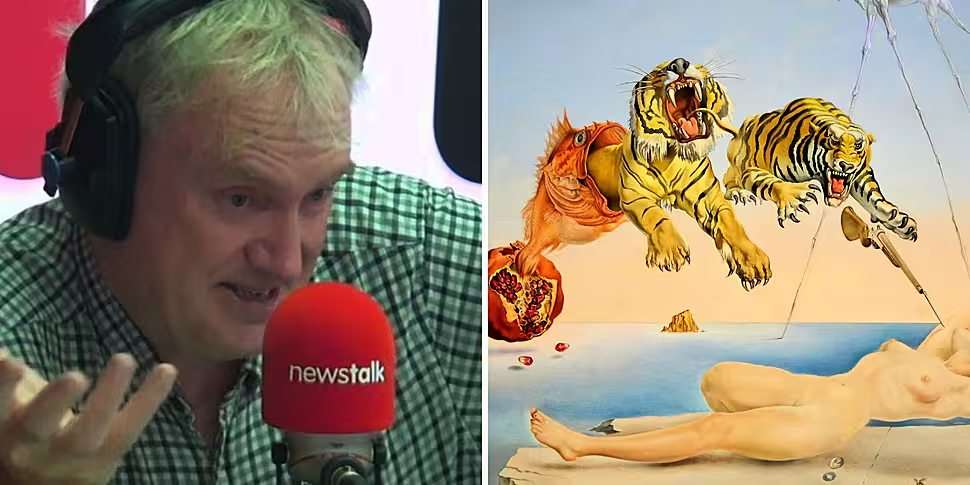A special ‘dream state’ that inspired some of the world’s most famous artists could help patients suffering from PTSD, according to Prof Luke O'Neill.
Legendary musician Paul Simon this week said his newest album Seven Psalms came to him in a vivid dream – and he is not alone among music royalty in finding inspiration in his sleep.
Paul McCartney famously said his song Yesterday came to him in a dream, while Fleetwood Mac’s Christine McVie and The Rolling Stones’ Keith Richards had similar experiences.
On The Pat Kenny Show this morning, Trinity scientist Luke O’Neill said a new study has hone new light on what happens to our brains as we fall asleep.
“They reckon that as we doze off, it is a state called hypnagogia, something happens in our minds,” he said.
“Our thoughts begin to clarify and then we begin to get, maybe, thoughts about certain ideas – certain creative things begin happening.
“They talk about a collective unconscious being revealed. It is a funny state to be in and it seems to relax us in some way.
“If you are looking to solve a problem perhaps, maybe the solution will come to you. Or strangely you go into this dreamlike state and from those dreams might come certain creative things.
“In Paul Simon’s case, he said himself, it was when he was dozing, that is when he began to dream and the lyrics and the melody of a song came to him in that moment.
“It resonates, this idea of falling asleep and being creative.”
Creative
Prof O’Neill said Spanish surrealist artist Salvador Dali also made use of the hypnagogic state – purposefully waking himself up at night to paint images from his dreams.
“So certain artists have known for a while that during that phase of sleep, something creative happens in their brains,” he said.
“Then they can be much more creative when they wake up and do their art."
Study
The Trinity professor said a new study has examined the phenomenon by using technology that can register when sleepers are entering the hypnagogic state and then testing their creativity.
The study involved three groups – one was told to think about trees as they started to dream, another was not given a suggestion and a third did not sleep at all.
They woke them up five minutes later and everyone that was asked to dream about trees did so.
They then asked all three groups to write an essay about trees and, using a creativity score based on semantic distance, found that those who were told to dream about trees wrote about them far more creatively.
“They got an average of 78% on the creativity score whereas the ones who hadn’t been told to dream about trees got a much lower creative score,” he said.
“So, it looks like the dreaming process made them much more creative.”
PTSD
He said scientists now believe the same process could be used to help patients suffering from PTSD – by asking them to think about their trauma and allowing the hypnagogic state to help them process it.
They also hope the process could be used to help people find creative solutions to everyday problems.
You can listen back here:









